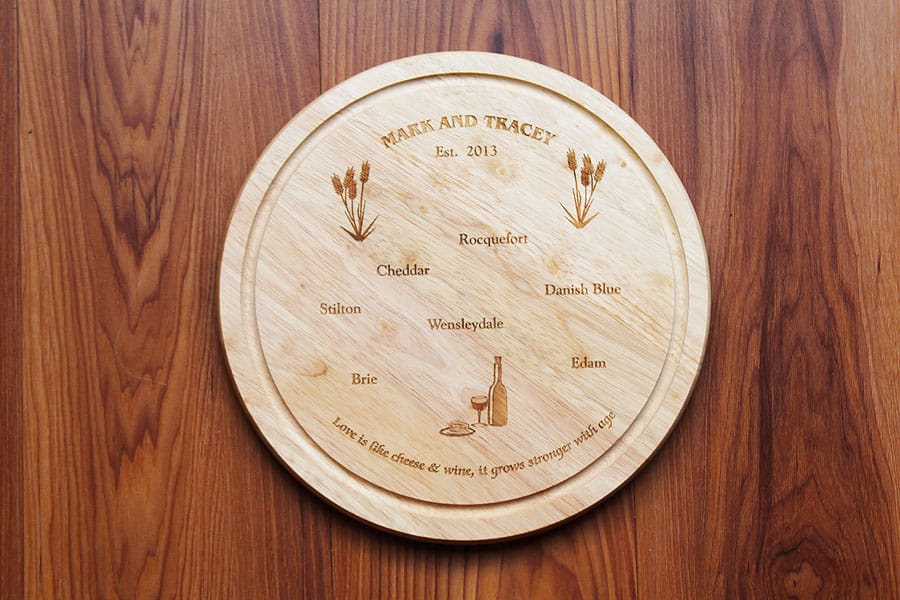
When wood engraving I always rest the block on a leather sandbag. So, almost all of my larger blocks are made of Lemon wood (Gossypiospermum praecox) which, though not as close-grained as Box, does provide larger sections of end grain wood thus reducing the number of joints necessary. The blockmaker can help by joining a number of pieces of wood together to form a single block, but in choosing Box to make a block 8 x 10", it might mean joining sixteen or twenty separate pieces which can result in the block being unstable and perhaps eventually splitting. However, most of my engravings are quite large, as wood engravings go, and this generally means choosing a timber that will provide larger sections on which to work. This is my finished drawing and is now ready to be transferred to the block.īox wood (Buxus sempervirens) is the material best suited for making a wood engraving, and for my smaller engravings this is what I try to use. My initial drawing is taken through a number of progressively more developed stages until I have a quite simple but very clearly defined pure line drawing. Now that you know just how easy it is to do DIY wood engraving and what tools and wood you need to get started, keep learning! We have everything you need to create a warm and comfy home, from coffee station placement and home garden design to ceiling decoration and orchid plant care.The Process of Wood Engraving Wood engraving is a relief printmaking process that for me begins with the development of a design. A mallet requires precision to successfully use in detail work. You really only need a mallet if you’re working with large pieces of wood that you need to break up. It’s ideal for controlled chiseling and is a tool that every beginning carver needs in their bag. This chisel has a flat edge and slants back at a 45-degree angle. Similarly to the U-Gouges, V-Gouges have a V-shaped knife and are ideal for more detail work than the U-Gouge. They can be used to take away different sizes and depths of wood to get closer to the desired size.

These knives have a curved edge and come in a variety of sizes. This won’t give you as smooth of a finish as an Inventables machine, but it does provide a hand-crafted look. This tool is primarily used for whittling and chip carving. If you just want to stick to handheld tools, here’s what you need. You can either choose to hand carve with a variety of different tools or, if DIY wood engraving is something you want to invest in, consider purchasing an Inventables, which is the world’s easiest design and automatic wood carving and engraving software. It has a well-defined grained and is relatively hard. Oak is a wood that is often used to make furniture. This is another type of wood that is easy to find and that is inexpensive.īlack walnut is slightly more expensive than Basswood or Aspen and needs to be worked with sharper tools and a mallet for detail work. It’s very nice when polished and as a softwood that is easy to find and relatively cheap, it’s the perfect wood to learn on.Īspen is stronger than Basswood but still fairly soft. Because it has almost no grain and is relatively soft, it’s the perfect wood to learn on.

It’s easily found throughout the United States. This is one of the most popular types of wood for beginners. Keep reading for the most commonly used grains among engravers. A block of softer wood is ideal for whittlers and those doing smaller hand-carved pieces while a harder wood with a more defined grain is a better choice for furniture or larger items.

With hundreds of types of woods available to at-home carvers, you want to choose one based on the type of work you’re doing.
#Wood engraving how to#
Keep reading to learn how to get started. Whether you’re looking for a way to personalize your home or for special gift ideas, DIY wood engraving is the perfect solution. We’ll tell you what kinds of wood are good for fine details, recommend a good carving depth, and more.


 0 kommentar(er)
0 kommentar(er)
